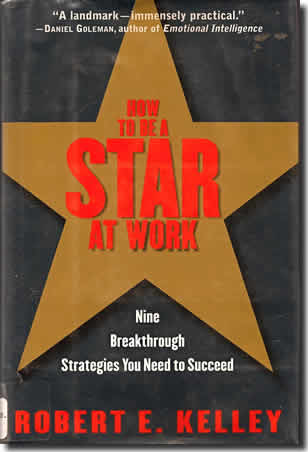A recent New York Times article “Building a Better Teacher” by Elizabeth Green ((March 2, 2010 http://www.nytimes.com/2010/03/07/magazine/07Teachers-t.html)) told the story of Doug Lemov’s discovery that a large component of high performing teachers’ success came from their classroom management skills. While reading the article, and, especially watching the videos of teachers actually employing good class management, I was struck by an interesting parallel in the management world. Just as education schools do not do a good job of preparing teachers to know what to do when they first walk into a classroom, most managers learn their craft by trial and error. They have little help from mentoring or development programs in their companies. And, business schools seem to provide little guidance either.
Meeting management is to effective managers as classroom management is to successful teachers
Meetings are a great place to start to learn the management craft and a crucial platform for driving and sustaining high performance. Great managers and great organizations have great meetings. And, from the perspective of a manager interested in developing a high performance culture, meetings are a great starting point in building a high performance company. After all, meetings exhibit all of the important attributes of high performance organization and culture. And, no effective manager can be ineffective in meetings.
Good meetings:
- focus on results ($s, people and values)
- engage, empower and demand every participant’s energies
- use fact-based thinking
- orient to customer needs (internal and external)
- devolve strategy into tactics
- employ process and systems thinking
- use well-developed problem solving tools and approaches
- focus on adding value for customers (internal and external)
- look for waste reduction
- build on company and individual strengths
- among the more important……
Meetings are a great place to start because they are a regular event in which the manager has significant control and can demonstrate, concretely, high performance principles and practices in front of, and with their direct reports.

